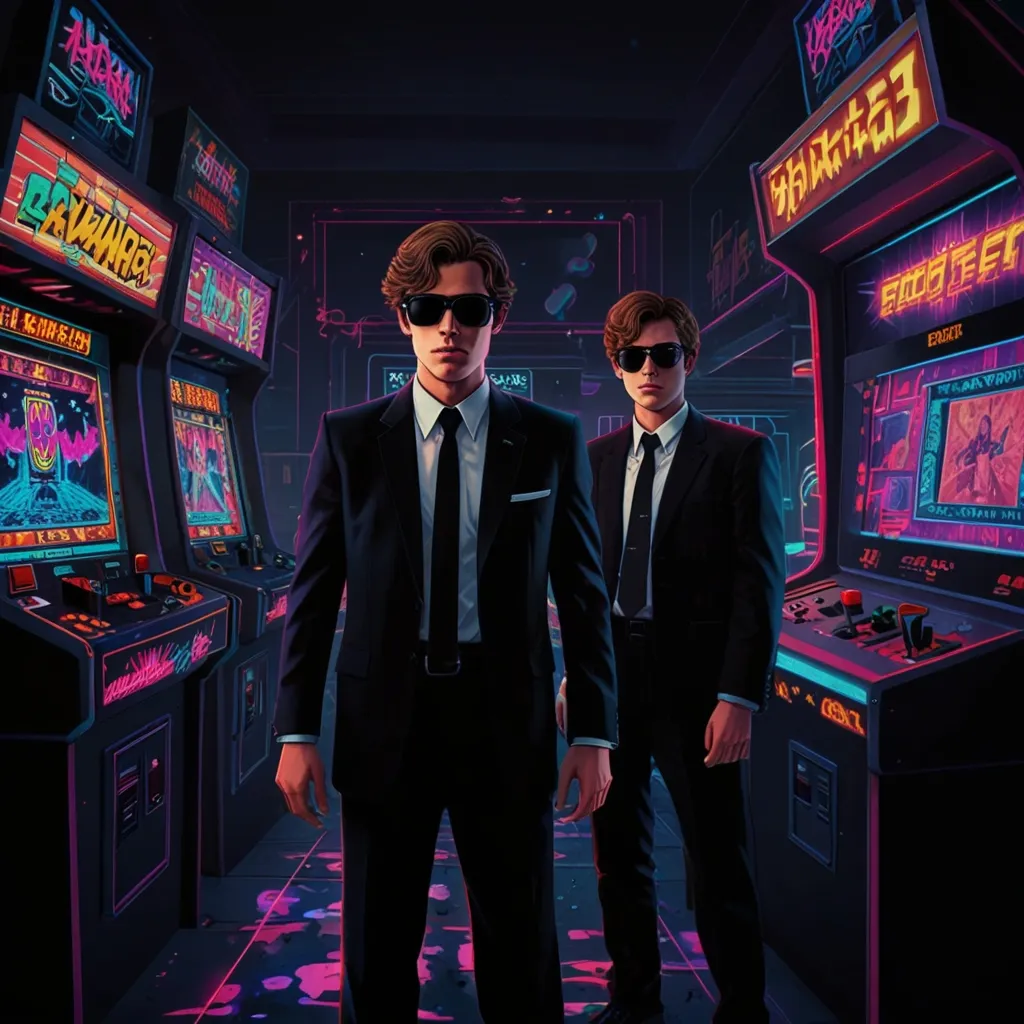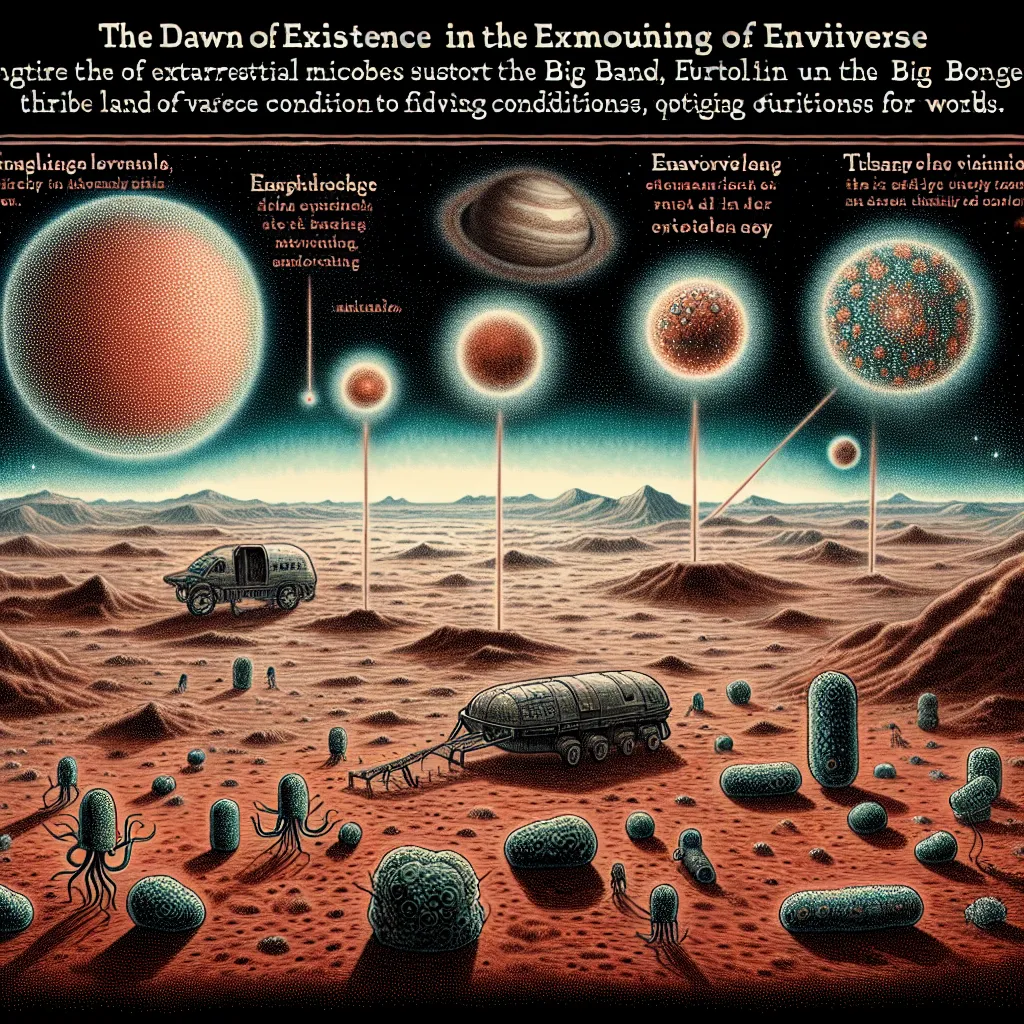Once upon a time in 1981, there was an arcade in Portland that became the center of many bizarre events. Gamers who visited started experiencing migraines, heart attacks, seizures, and even strokes. Local teens, in particular, began suffering from amnesia and hallucinations, all triggered by a mysterious game that seemed to pop up out of nowhere. This game was known as Polybius.
Polybius had the kind of pull that made it both exhilarating and dangerous. It was highly addictive, causing players to become hyper-aggressive. Fights broke out frequently over this game, and in one extreme case, a player was stabbed to death. Each of these chaotic episodes could be traced back to someone who played Polybius. But why would anyone allow the public to play such a dangerous game? The unsettling answer: the government created it.
The urban legend surrounding Polybius kicks off in 1981 when an arcade in Portland received this enigmatic game. It wasn’t like anything people had seen before. Players would become hypnotized while staring at random geometric patterns and psychedelic visuals. The game also featured unsettling soundtracks and subliminal messages. These elements contributed to a wide array of physiological effects—amnesia, anxiety, night terrors, aggression, insomnia—and physical symptoms such as migraines, nausea, vertigo, and even heart attacks.
Polybius was supposedly created by a company named “Sinusloschen,” which in rough German, means “sense-deleting.” That name alone paints a chilling picture. And after playing, some perplexing incidents occurred, such as two Portland teenagers disappearing without a trace. Were they abducted or perhaps recruited? No one knows for sure.
This game incited such addiction that long lines formed, and fights would erupt just for a turn. People reported that Polybius machines seemed to be spying on players, gathering data, which was periodically retrieved by men in black suits. The legend goes that these men could alter the game’s attributes to elicit different responses from players. Mind control? Uh, maybe.
Polybius was reportedly only in two arcades for a brief stint before disappearing as mysteriously as it had arrived. But the question persisted: was any part of this legend true?
Dig deep enough—a Google search here, a Usenet archive there—and you’ll find a scant handful of blurry images of an arcade cabinet. Are they photoshopped? Real? Who knows? There’s also only one known screen capture of the game’s title screen, showing the name Polybius, the year 1981, and development by Sinusloschen. But that’s not a good German translation, suggesting the name wasn’t coined by a native German speaker. And no company by that name has ever existed in Germany or anywhere else. In short, dead ends.
Game sources say Polybius was vector-based, similar to popular games of that time like Tempest or Battlezone. Tempest, known for its unique graphics, is something those who remember arcade games from that era might recall. Interestingly, Battlezone had a version called Bradley Trainer, used by the military to train tank crews. So, the idea of the government creating arcade games isn’t that far-fetched.
Now, let’s touch on how playing games could make players sick or even lead to death. It’s not as outlandish as it sounds. In 1982, 14-year-old Michael Lopez was playing Tempest when he started feeling strange, lost his vision, and collapsed in pain, essentially experiencing a migraine or a seizure.
Another incident involved Jeff Daley, who died after playing Berserk due to a congenital heart condition—a heart attack triggered by gameplay stress. Peter Bukowski also fell victim to Berserk, dying of heart failure. In Calumet City, one teenager stabbed another over a game. And then there’s Brian Morrow, who collapsed after playing Asteroids for 28 straight hours while drinking Coca-Colas. He survived, but this stack of events can certainly lead to paranoia about video games.
The early ’80s were a time when video games were a new phenomenon, much like how parents view new, addictive technologies today. Game companies want you to hand over your money, be it through quarters for arcade slots or micro-transactions in mobile apps—a psychological chase for dopamine hits.
While it’s all fun and games for corporations seeking profit, people tend to harbor more suspicion toward government actions, often shrouded in secrecy. Did government agencies really use video games for top-secret operations? Absolutely. FBI records indicate that agents were monitoring and raiding arcades in Portland during the time that players were supposedly collapsing. Undercover operations saw arcades being treated as hotbeds for drug activity, gambling, and petty crime.
And yes, the FBI did place cameras and microphones inside video games like Tempest to nab criminal activity. Agents would openly visit arcades in suits and ties, remove videotapes, and leave, causing a notable shortage of Tempest machines in the area.
And what about the CIA getting into mind control? Enter Project MKUltra. Launched during the Cold War, the CIA aimed to uncover drugs that could control human minds. Led by chemist Sidney Gottlieb, the project conducted some brutal experiments in American prisons and detention centers abroad, testing psychological torture methods ranging from electric shocks to high doses of LSD. Their research was all about destroying existing minds to insert new ones, though they excelled far more at destruction than creation.
The secret nature of MKUltra makes the human cost impossible to tally, especially since the CIA destroyed the files. The experiment resulted in seriously damaging, even fatal, human experiments.
However, none of these true stories of government shadiness are tied directly to Polybius because, as it turns out, Polybius itself never existed. The game that surfaced was either fan-made or a hoax. Pop culture references and mentions on sites like Coinop.org in 2000, followed by gaming magazine articles and internet discussions, fueled the legend. The person thought to have originated the Polybius myth was Kurt Koller, owner of Coinop, who likely did it to drive traffic to his site.
In summary, while the Polybius game as described in urban legends might never have existed, the psychological tactics in gaming and secret government experiments are undeniably real. The government’s history of experimentation and the creepy blending of game addiction make the Polybius legend close enough to factual events to send shivers down a skeptic’s spine. And that’s what makes this urban legend one of the most captivating tales from the arcade era.






